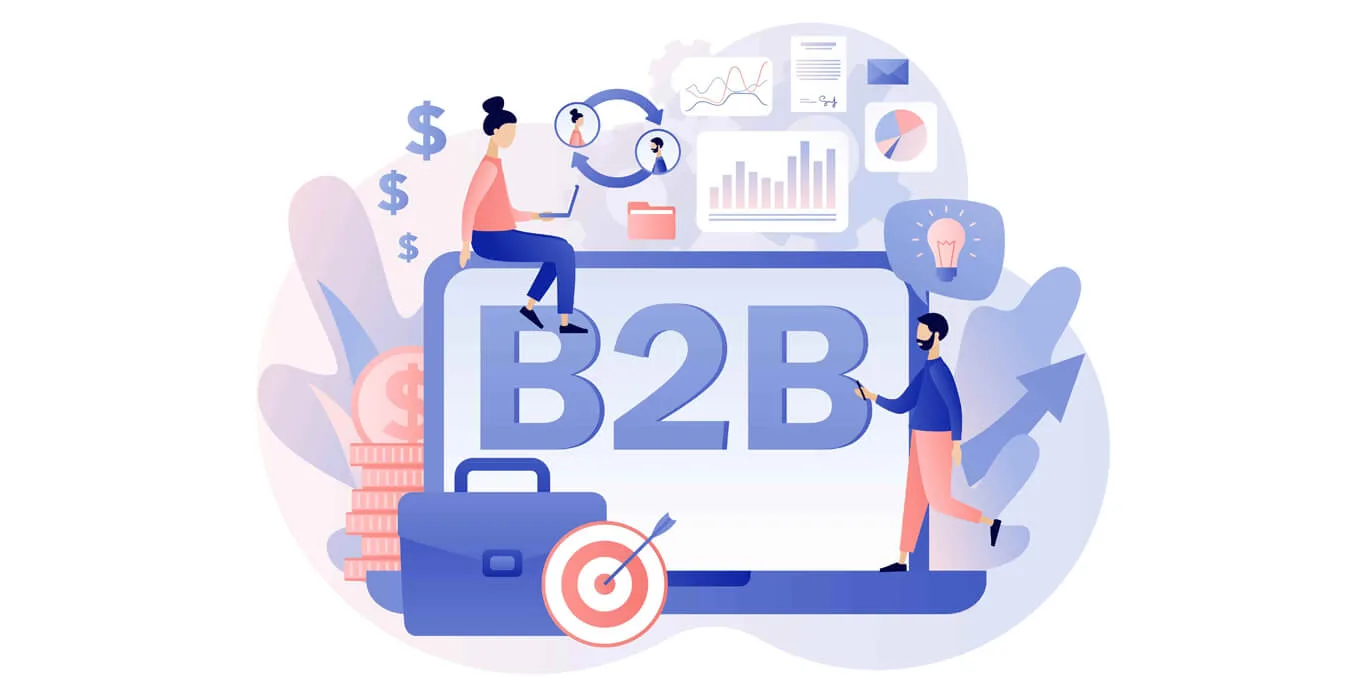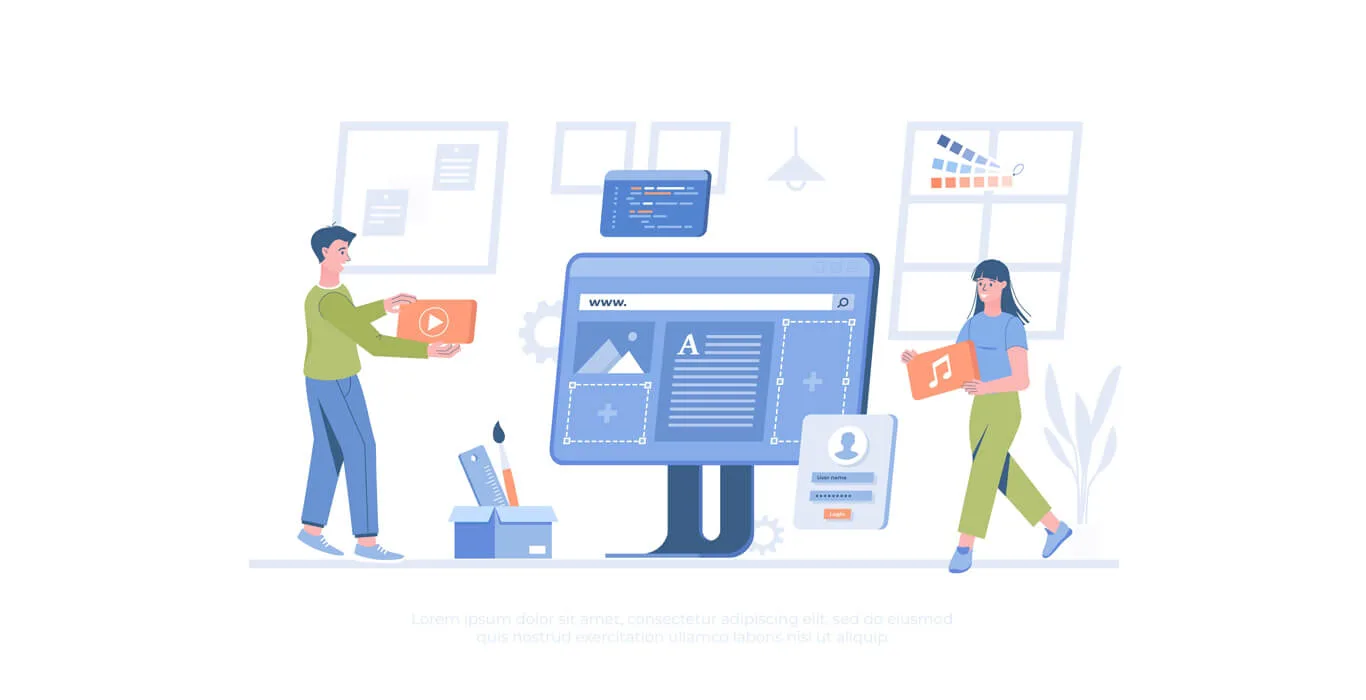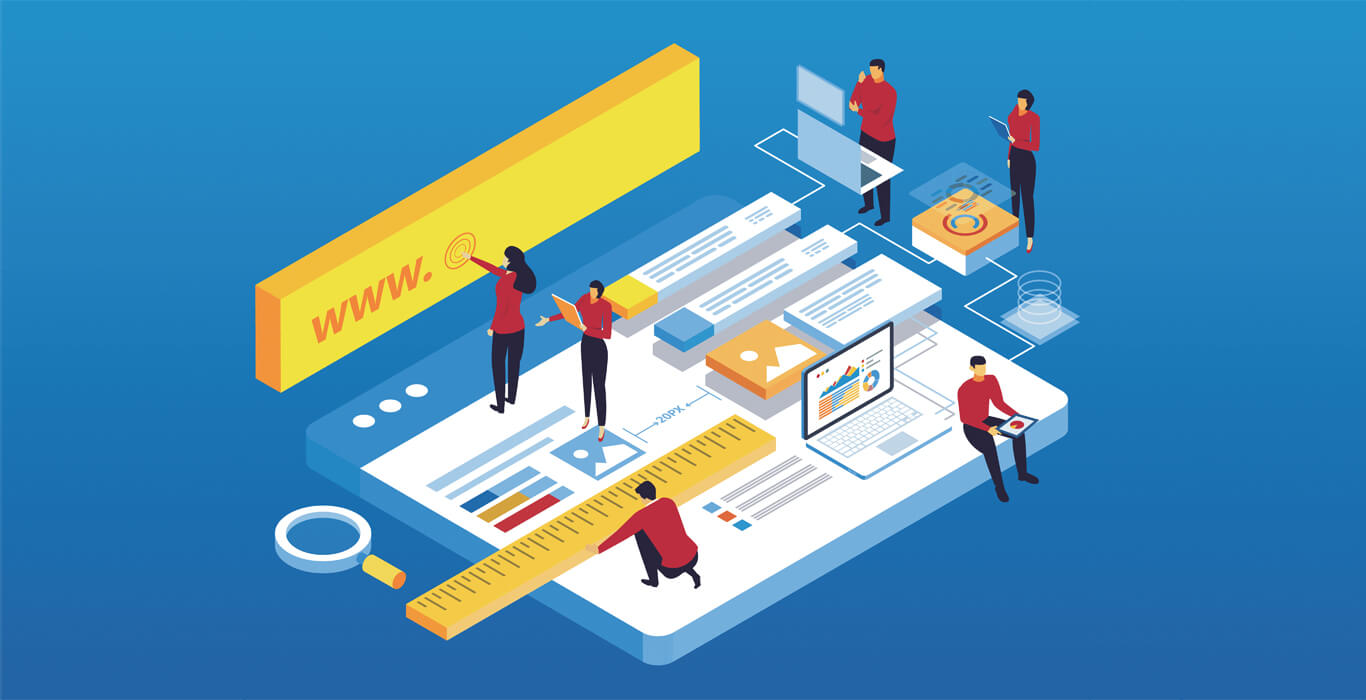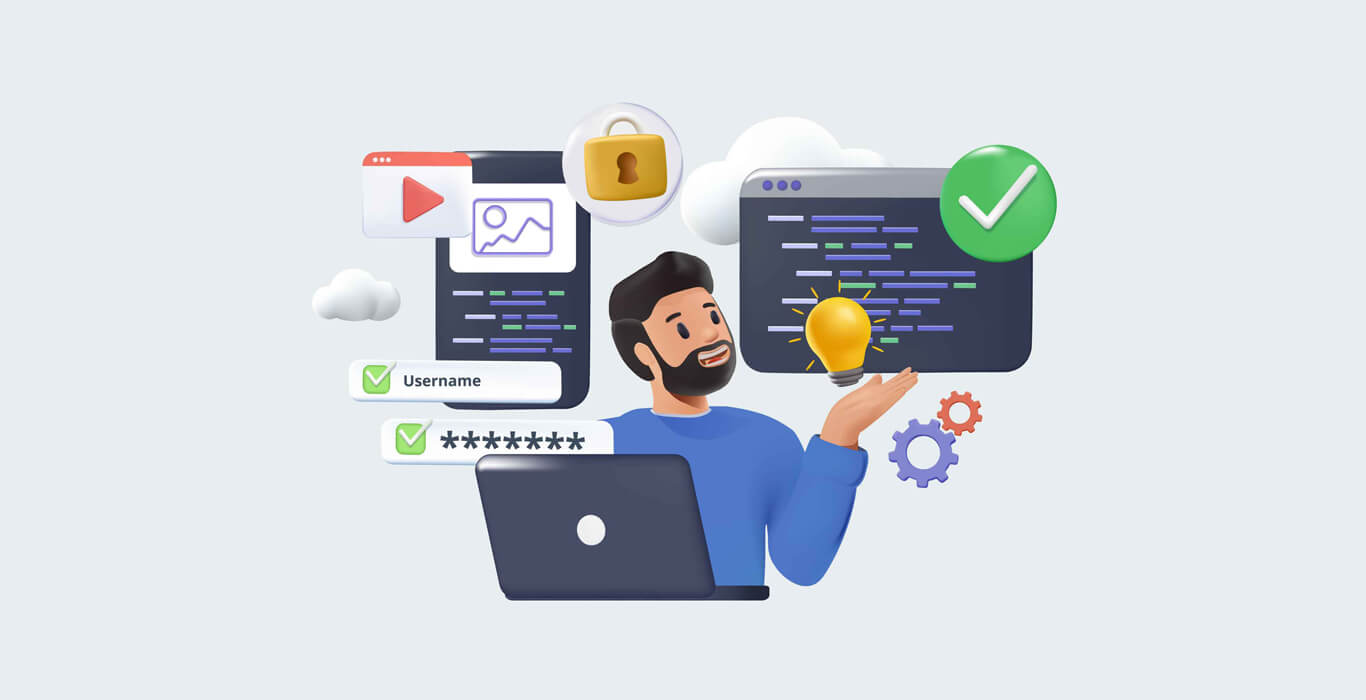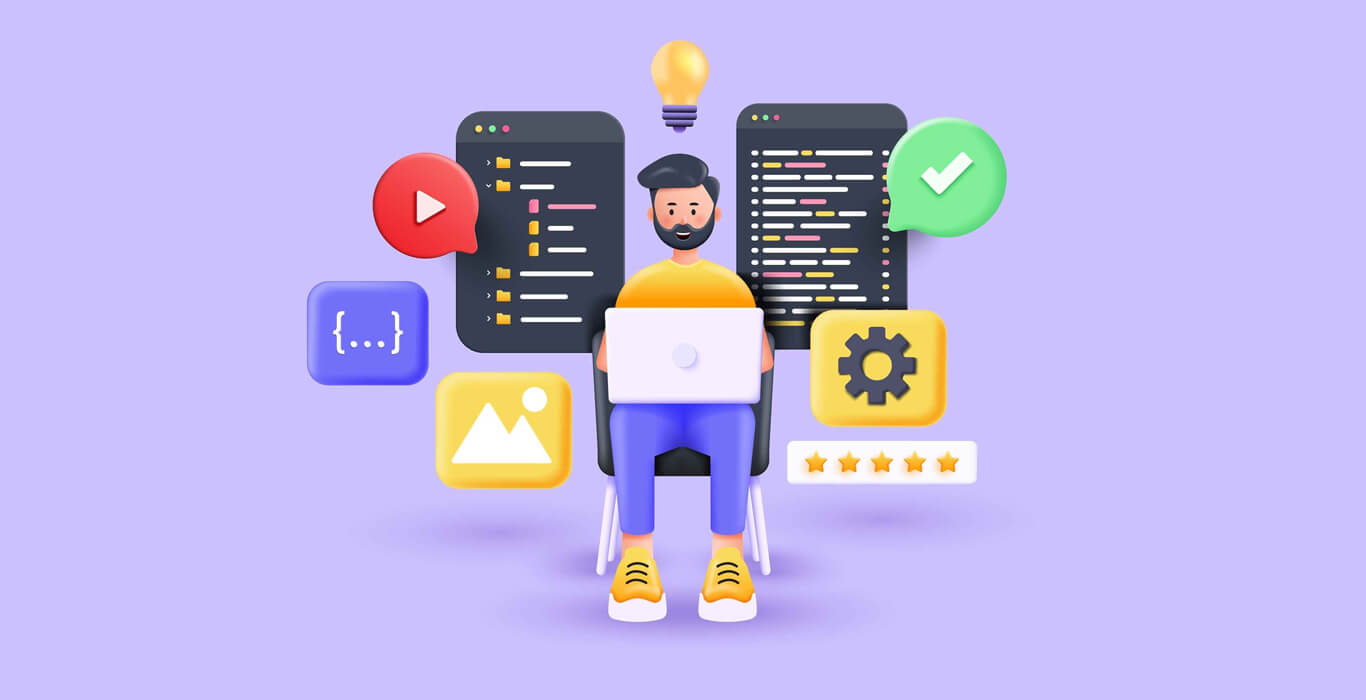|
Getting your Trinity Audio player ready... |
4 min read
A successful website does three things:
- It attracts the right kinds of visitors.
- Guides them to the main services or products you offer.
- Collects contact details for future ongoing relations.
Are you aware that one of the major reasons for high bounce rate on your website is bad navigation, which, in turn, translates into bad user experience? The result—losing credibility in search engines, resulting in a fall in rankings.
And all this ultimately boils down to lost conversion count. Disturbing, isn’t it?
So, what should you consider while developing your website? How should you plan the website’s navigation so your visitors find what they are looking for easily and search engine bots jump from one page to another smoothly?
Well, scroll down for a few practical tips and tricks!
1. Make User Experience the Epicentre of Your Navigation Design.
If your website design does not support your users and smoothen their navigational journey, you need to make major amends.
Keep in mind certain key pointers—make your hyperlinks and CTA buttons stand out, keep our navigation bar tidy with minimal clutter, use sidebars and make them easy to spot, and place your navigation links at places where users can easily find them.
Pro Tip: Use the Heatmap to identify places on a web page your users spend most time at. Put your navigation links at these places for a higher response.
2. Don’t Lose Sight of Your Business Priorities.
While user experience should be your foremost priority, you shouldn’t forget why the website exists in the first place. Keep in mind that at the end, everything is being done for better business leads.
I would strongly suggest placing navigational links at strategic locations on a web page leading to other pages vital from your business perspective. While they are browsing your site, make sure that the visitors are subtly and naturally led to your important business pages such as products, services, etc.
Pro Tip: Make your website interesting as well as business-oriented to increase engagement. Lead your prospective customers from your trivial, informative pages to your business pages in a very crafty manner to ensure genuine leads.
3. Responsive Navigation is the Key.
Did you know that these days a majority of users browse the World Wide Web through their mobile devices? In such a scenario, why should your visitor pattern be any different?
That’s exactly why you have to ensure your website navigation is totally responsive on all kinds of devices. Consider small things—how easily the users can spot your navigational links on various devices, device sizes vis-à-vis your button sizes, and so on.
Pro Tip: Literally every CRM out there contains a hoard of mobile-responsive themes and designs to pick from. Use them to make your website more user-friendly.
4. Use Google Analytics to Optimise Your Website Navigation.
When it comes to tracking whether your website navigation is giving you proper run for your money, Google Analytics is a treasure trove.
Just look at the right places and the right metrics, and you’ll realise that Google Analytics has much more data to check and fix your navigational structure than you can comprehend. Use this data to effectively manage and optimise your navigation flow.
Pro Tip: Google Analytics will typically give you data about what navigational path your users are following, how many people are filling the enquiry form after visiting your business pages, which pages are people engaging on before they convert, and more. Wisely use this data to transform your website into a lead machine.
5. Recirculate Traffic Throughout Your Website through Related Content.
Once a prospect lands on your website, it is on you to keep them engaged for a longer period of time. And how do you do that? By enabling them to find what they are looking for with minimum or no effort at all.
Now, while there are multiple ways to do this, the easiest one is to recirculate traffic throughout your website. That is to say link the content on one page to another page with related content. And do this such that your visitors can navigate to almost any page from any other page on your website.
Pro Tip: Use internal links and cross-links to connect different pages of your website. For instance, if you have an e-commerce website selling shoes, link a blog page talking about sneakers to your shopping page featuring sneakers. This will increase the chances of your users converting into full-fledged buyers.
Website navigation is an often overlooked but an essential aspect of online business success. Nail your navigation and half of your battle is won. But, it is also very tricky to get it right the very first time. That’s why you need experienced people to help you out.
We, at IKF, have an expert team of web developers, designers and SEO specialists to ensure that your website reaches the right audience and they have a smooth journey once they are on your website. To learn more about how we can help you with your business success, contact us now!
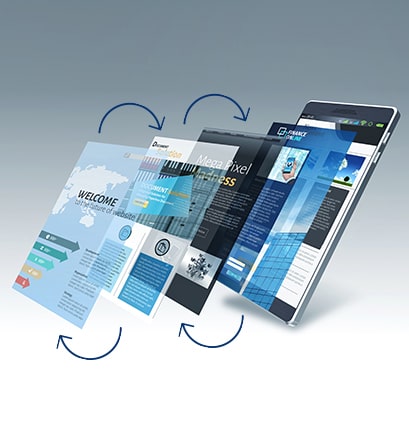

Ashish Dalia is the CEO & Chief Digital Marketing Strategist at I Knowledge Factory Pvt. Ltd.

Ashish Dalia is the CEO & Chief Digital Marketing Strategist at I Knowledge Factory Pvt. Ltd.


